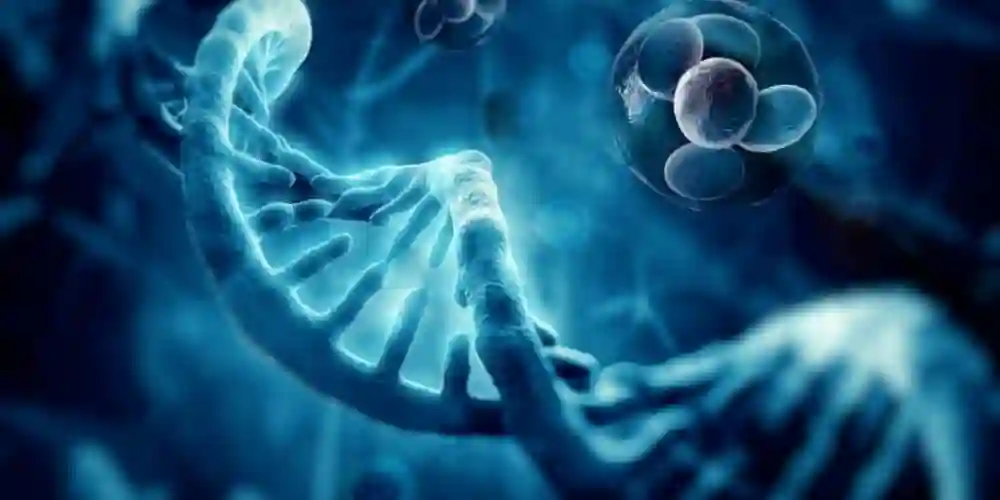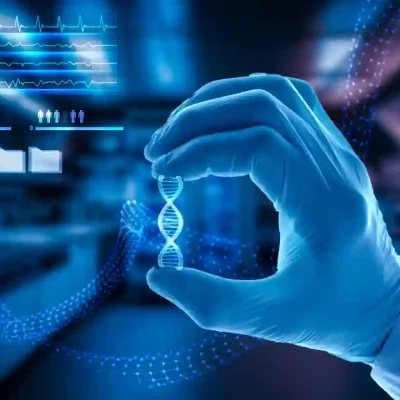In the realm of medical science, one field has captured the imagination and holds the promise of revolutionizing healthcare as we know it: regenerative medicine. At the heart of this groundbreaking discipline are stem cells, the building blocks of life that have the remarkable ability to repair and regenerate damaged tissues and organs. In this article, we will delve into the world of regenerative medicine, explore the incredible potential of stem cells, and discuss the current advancements and future possibilities in this field.
Understanding Regenerative Medicine
Regenerative medicine is a multidisciplinary field that seeks to restore or replace damaged, malfunctioning, or missing tissues and organs within the human body. It holds the potential to treat a wide range of diseases and injuries, from degenerative conditions like Parkinson’s disease and arthritis to traumatic injuries such as spinal cord damage and burns.
At the core of regenerative medicine are stem cells, which are undifferentiated cells with the unique ability to develop into various specialized cell types. Stem cells can be found throughout the body, and they serve as the body’s natural repair system. When harnessed for medical purposes, they offer the promise of regenerating damaged tissues and organs, effectively healing the body from within.
Types of Stem Cells
There are several types of stem cells with distinct characteristics and therapeutic potentials:
- Embryonic Stem Cells (ESCs): These stem cells are derived from embryos and have the highest potential for differentiation into any cell type. While their versatility is promising, their use is ethically and politically contentious due to their source.
- Induced Pluripotent Stem Cells (iPSCs): iPSCs are adult cells that have been reprogrammed to revert to a pluripotent state, similar to embryonic stem cells. They offer the potential for personalized medicine and are not ethically controversial.
- Adult Stem Cells: These stem cells exist in various tissues and organs throughout the body, including bone marrow, fat, and the brain. They are responsible for tissue repair and maintenance.
- Mesenchymal Stem Cells (MSCs): MSCs are a type of adult stem cell found in bone marrow, adipose tissue, and other sources. They have the ability to differentiate into bone, cartilage, and fat cells and are widely studied for their regenerative potential.
- Perinatal Stem Cells: Umbilical cord blood and placental tissue contain stem cells that are readily available for medical use. They have shown promise in treating various conditions.
Current Applications of Regenerative Medicine
Regenerative medicine has already made significant strides in various medical applications:
- Bone and Cartilage Regeneration: Stem cells are used to repair and regenerate bone and cartilage tissues, offering hope to patients with conditions like osteoarthritis and bone fractures.
- Heart Regeneration: Stem cell therapies are being explored to repair damaged heart tissues, potentially reversing the effects of heart disease and heart attacks.
- Neurological Disorders: Research is ongoing to harness the power of stem cells to treat neurodegenerative diseases like Alzheimer’s and Parkinson’s disease.
- Skin Regeneration: Stem cell-based treatments are used to heal wounds, burns, and skin conditions, promoting tissue regeneration and minimizing scarring.
- Blood Disorders: Stem cell transplantation is a well-established therapy for various blood disorders, including leukemia and sickle cell anemia.
- Spinal Cord Injury: Stem cell therapies offer hope for individuals with spinal cord injuries, with the potential to restore lost function and mobility.
Challenges and Ethical Considerations
While regenerative medicine holds immense promise, it also faces significant challenges and ethical considerations:
- Immunorejection: When stem cells from a donor are used, there is a risk of immunorejection by the recipient’s immune system. Scientists are exploring ways to mitigate this issue, such as using iPSCs created from the patient’s own cells.
- Tumor Formation: There is a risk that stem cell therapies may lead to the formation of tumors, particularly when pluripotent stem cells are used. Ensuring the safety of such treatments is a critical concern.
- Ethical Dilemmas: The use of embryonic stem cells remains ethically contentious due to the destruction of embryos. The development of alternative stem cell sources, such as iPSCs, has helped alleviate some of these concerns.
- Regulatory Hurdles: Regenerative medicine is subject to stringent regulatory oversight to ensure safety and efficacy. Navigating these regulatory hurdles can be time-consuming and costly.
- Long-Term Effects: The long-term effects of stem cell therapies are still under investigation. Understanding the durability and longevity of the therapeutic effects is crucial.
Future Directions in Regenerative Medicine
The field of regenerative medicine is continuously evolving, and there are several exciting directions it may take in the near future:
- Organ Transplant Alternatives: The development of lab-grown organs and tissues, known as organoids, holds the potential to provide alternatives to traditional organ transplantation.
- Precision Medicine: Tailoring regenerative therapies to individual patients based on their genetic makeup and specific medical conditions will become more common, enhancing treatment efficacy.
- Bioprinting: 3D bioprinting technology allows for the creation of complex tissues and organs using a patient’s cells, potentially eliminating the need for donor organs.
- Gene Editing: Advancements in gene editing technologies like CRISPR-Cas9 will enable precise modifications to stem cells, enhancing their therapeutic potential and reducing risks.
- Neurological Treatments: Research into using stem cells to treat neurodegenerative disorders, such as Alzheimer’s and ALS, is intensifying, offering hope for currently incurable conditions.
- Immune Modulation: Strategies to modulate the immune system’s response to stem cell therapies will help reduce the risk of immunorejection.
Conclusion
Regenerative medicine, driven by the incredible potential of stem cells, is on the cusp of transforming healthcare in profound ways. From healing damaged tissues to potentially curing previously untreatable diseases, the possibilities are staggering. While challenges and ethical considerations persist, ongoing research and innovation continue to push the boundaries of what is achievable in this remarkable field. As regenerative medicine progresses, it offers hope not only for improved patient outcomes but also for a future where the limitations of the human body can be overcome through the power of science and technology.



